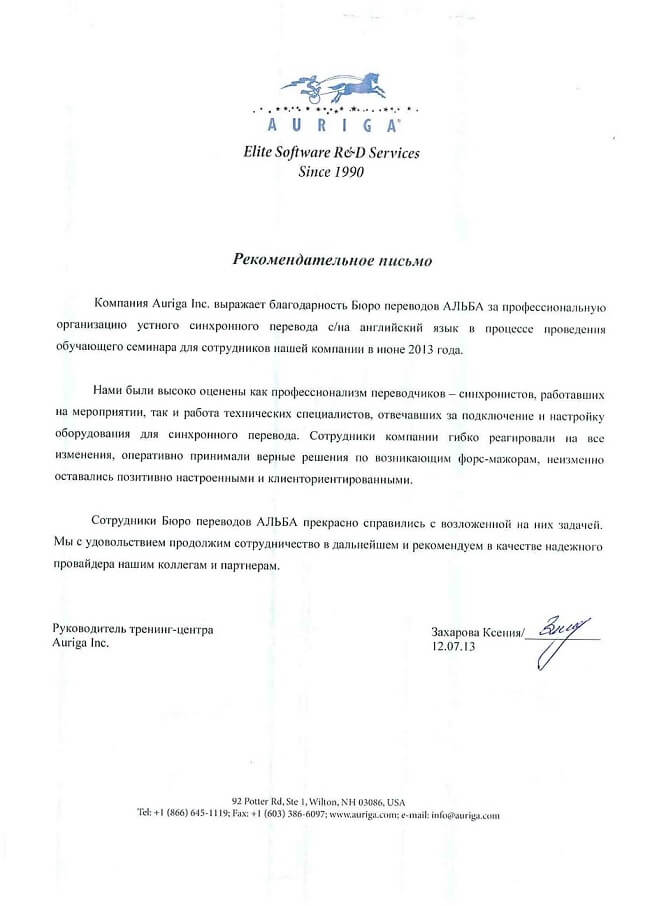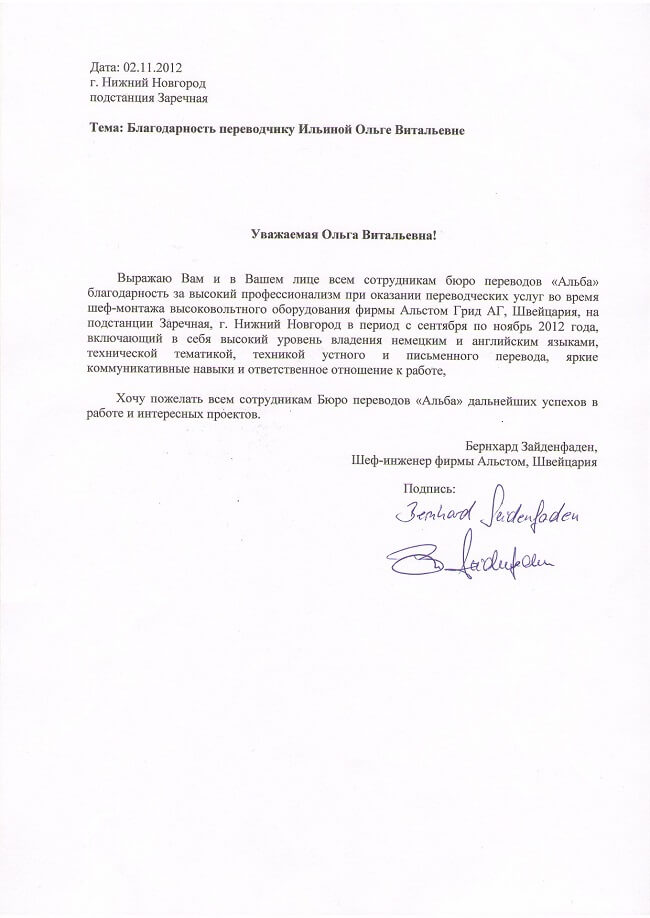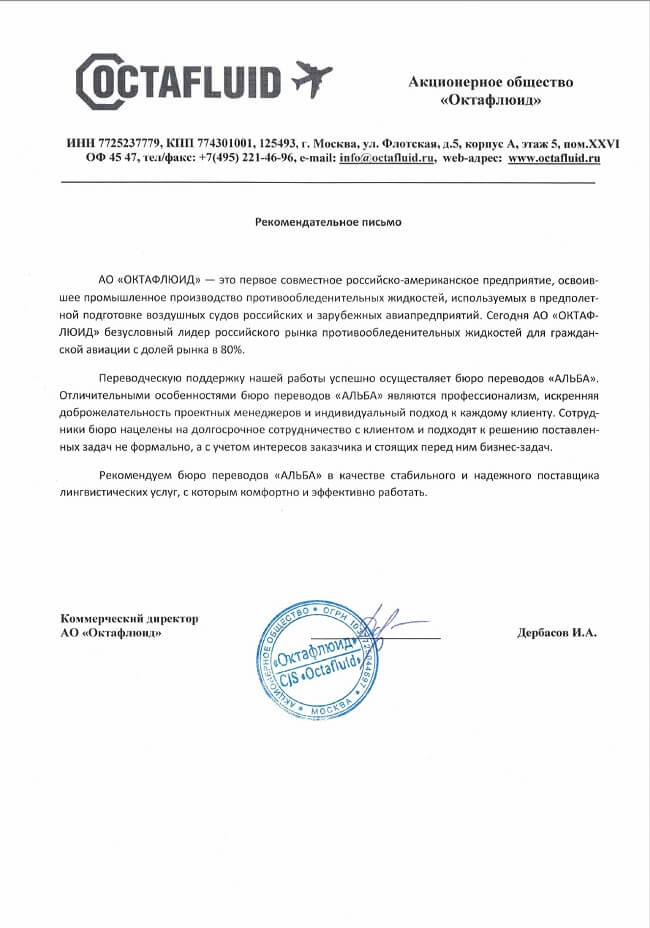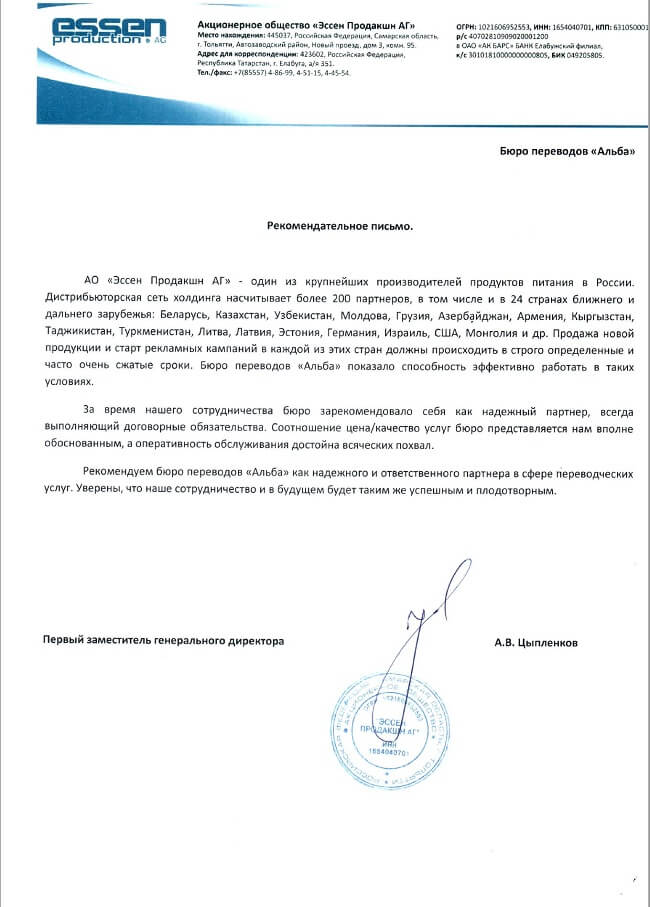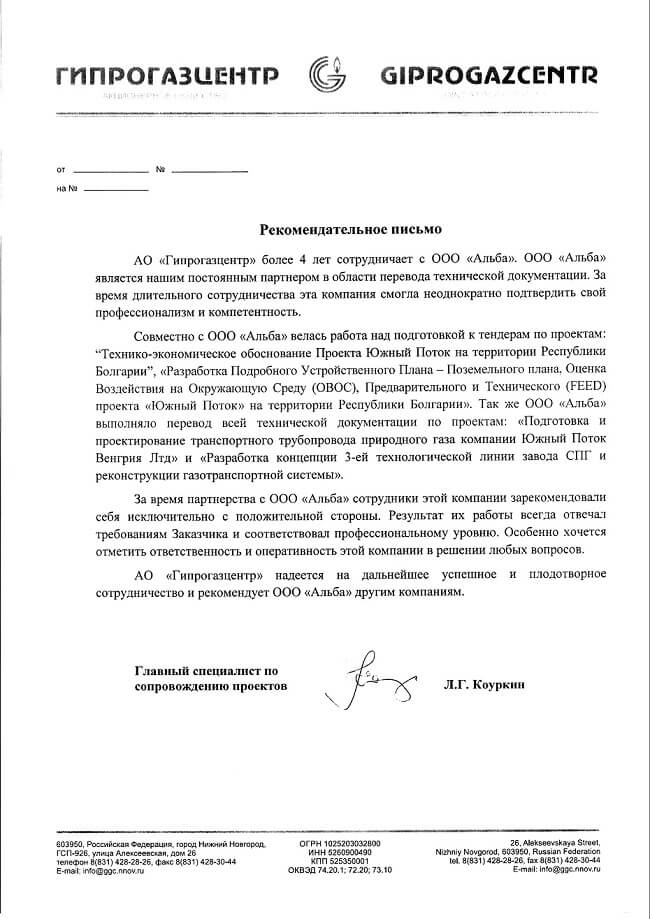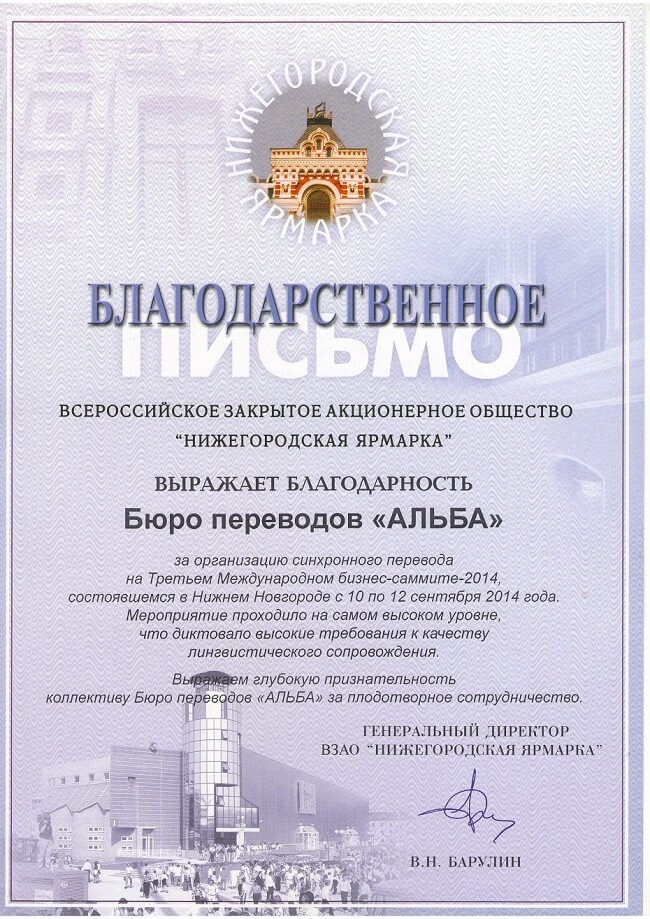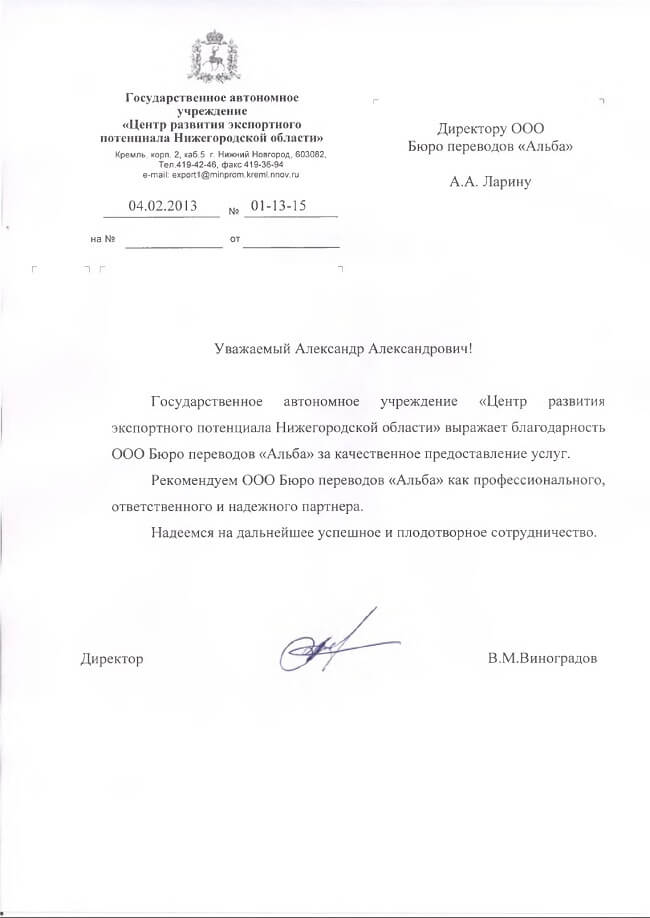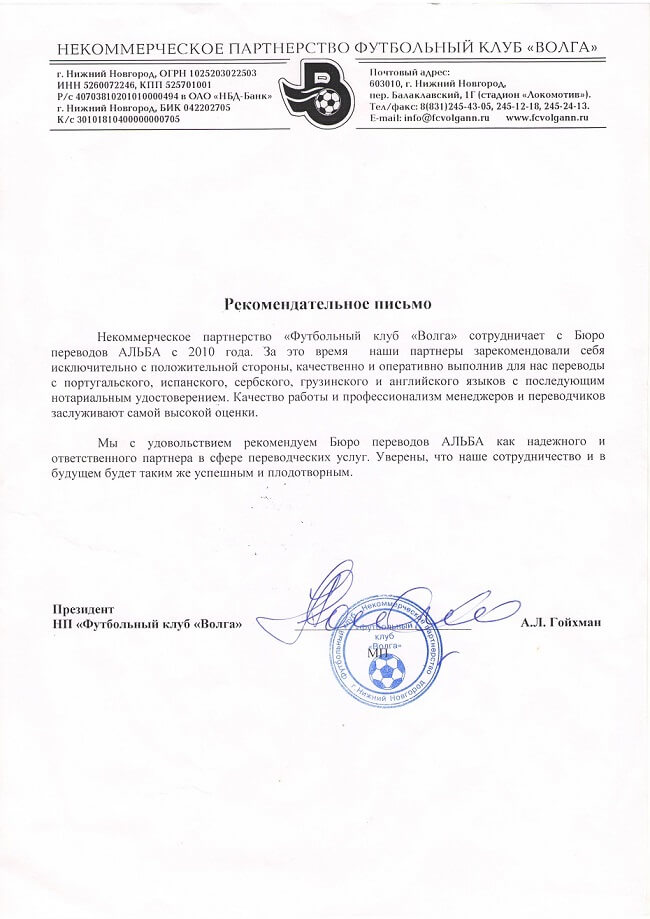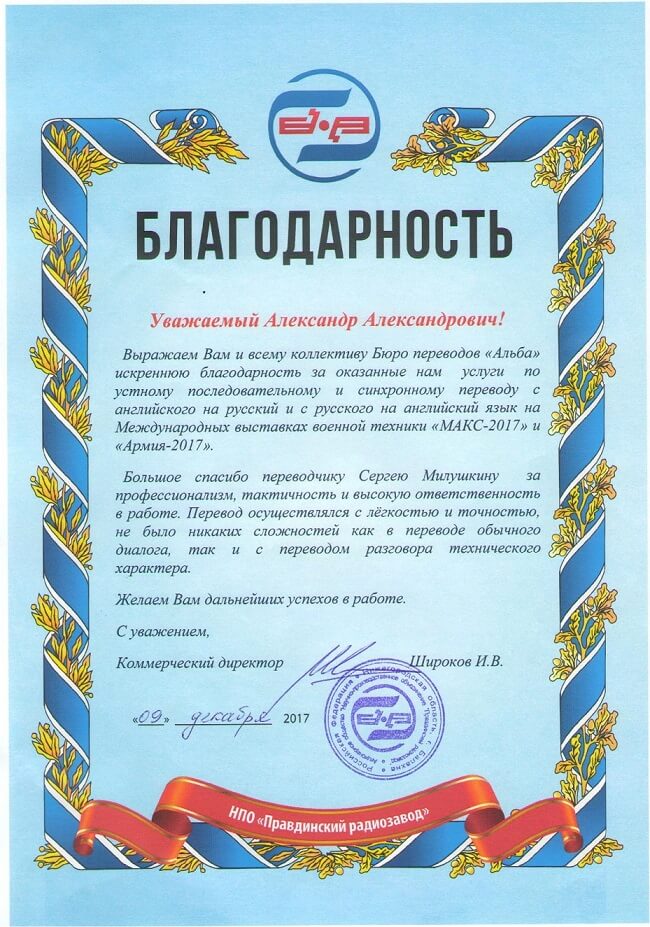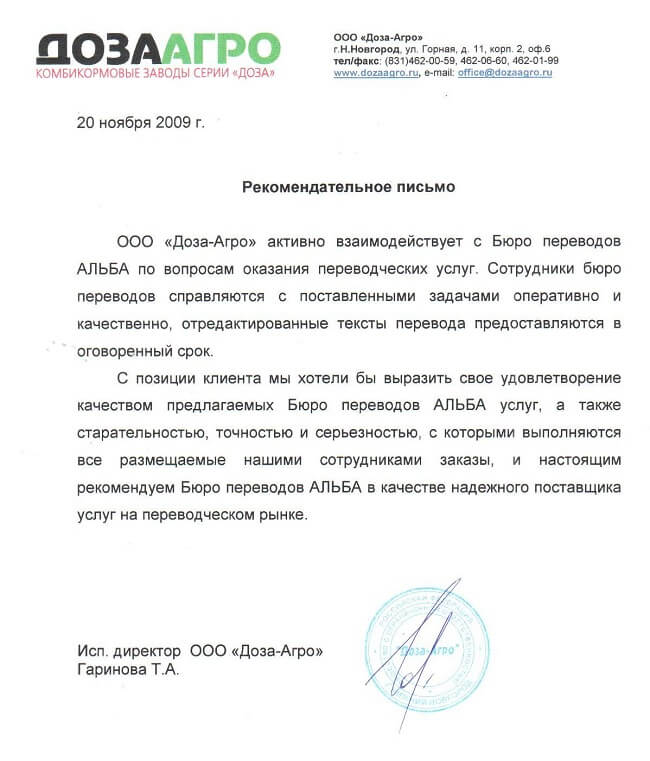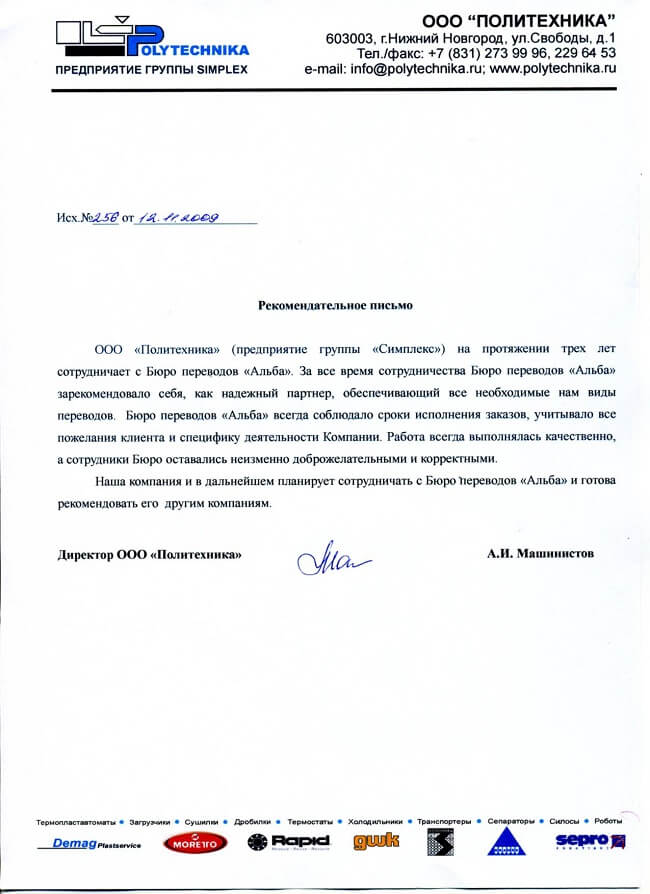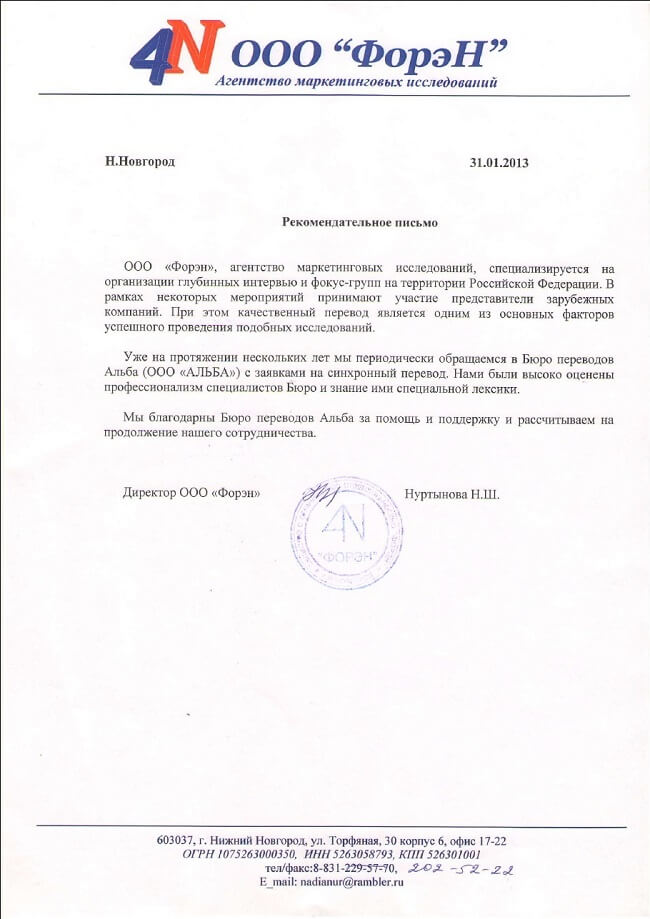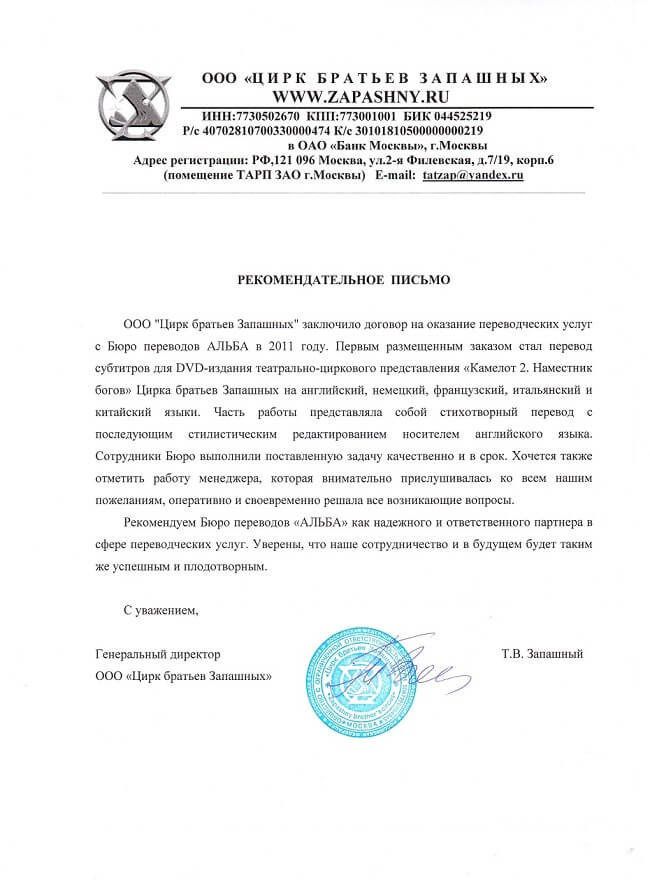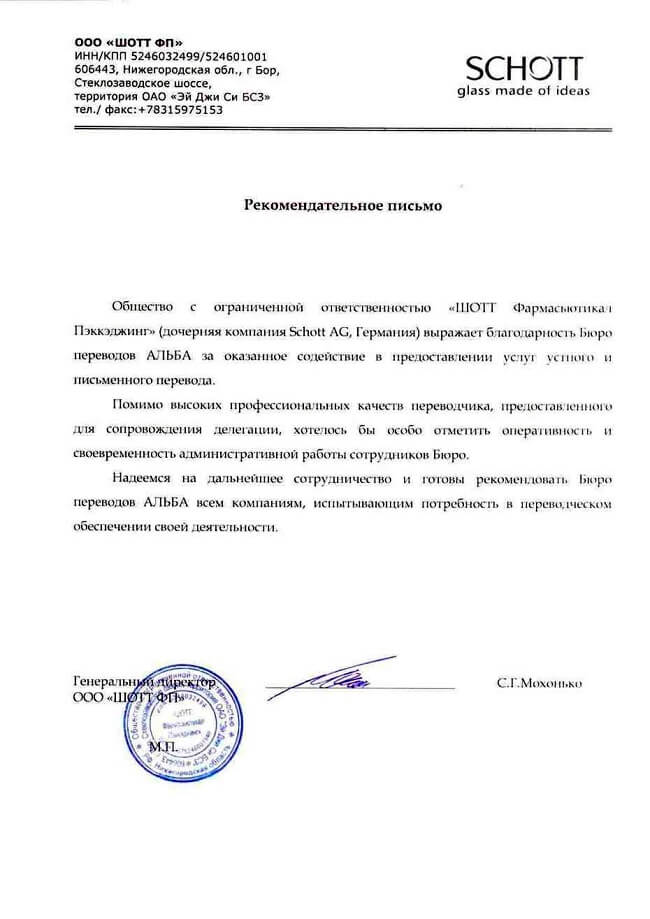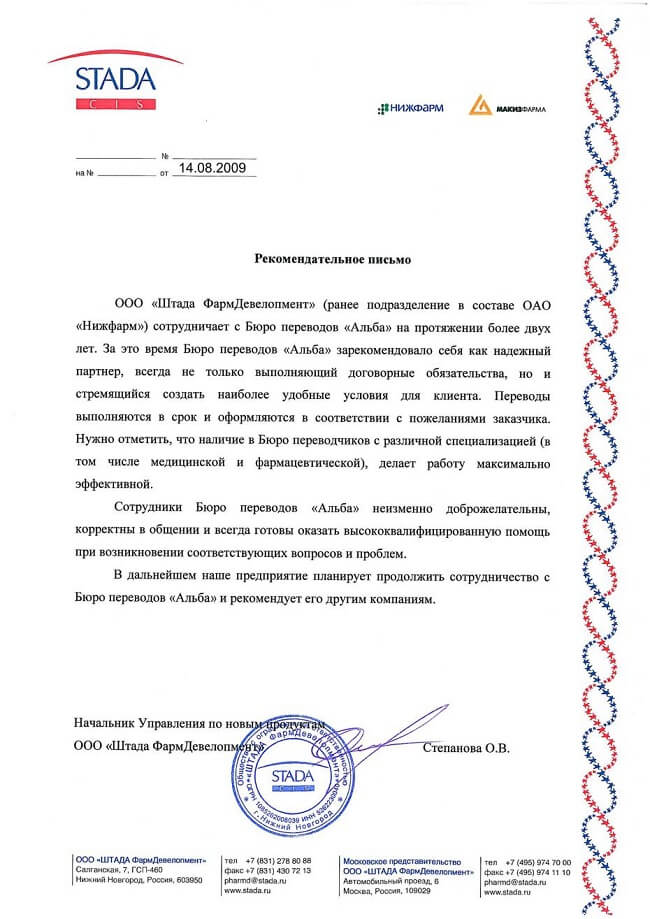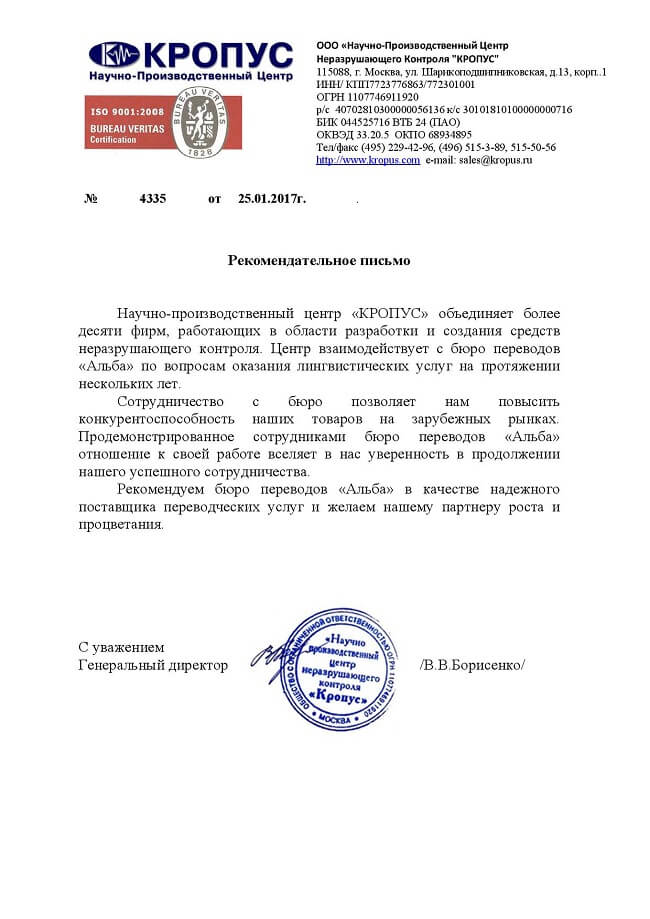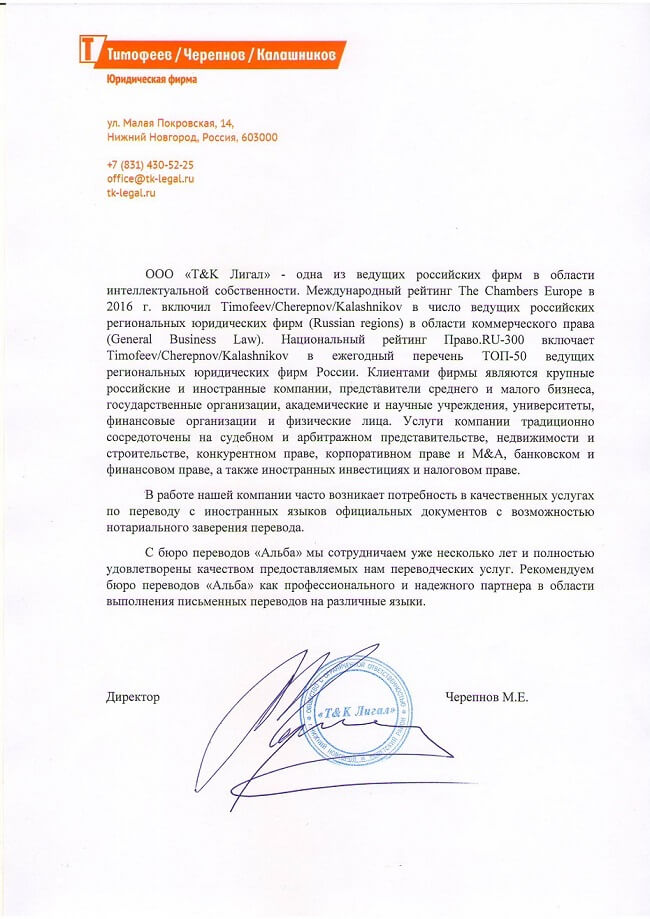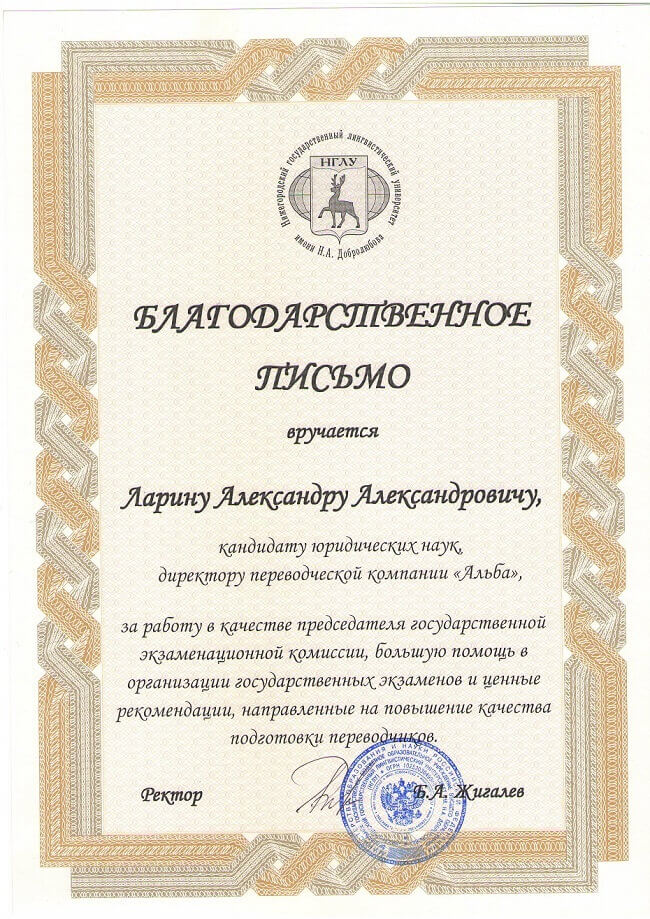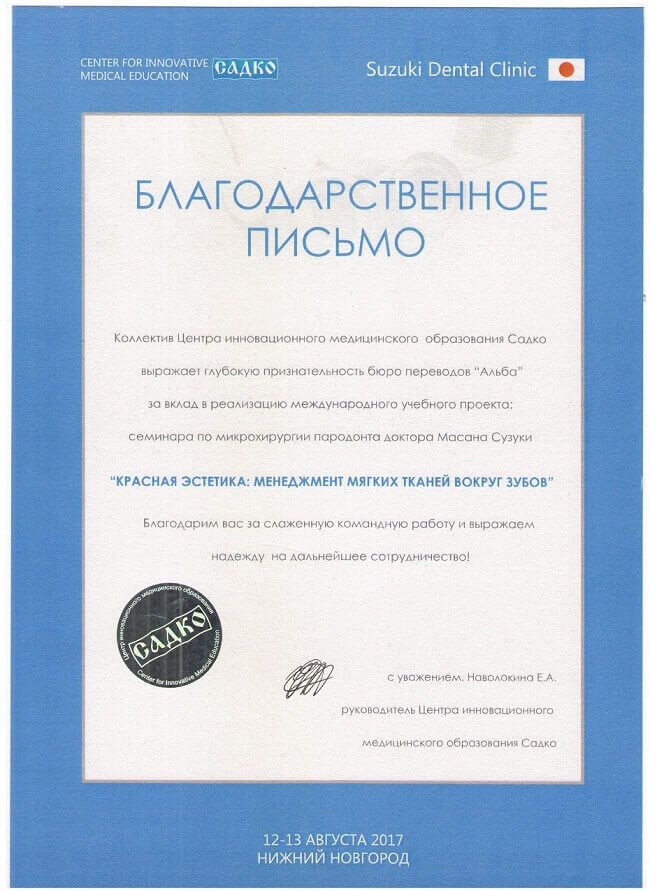Translation quality
Демидова Ирина Викторовна - старший преподаватель кафедры иностранных языков, Российский экономический университет им. Г.В. Плеханова, г. Москва, Россия
Статья подготовлена для публикации в сборнике «Актуальные вопросы переводоведения и практики перевода».
A foreign language can act as a barrier to international communication. People who serve to reduce or eliminate the barrier are translators. Within a language many specialised varieties of it coexist, which presents a further area of studying for translators. Fields like medicine, media, science, religion have produced styles of language that require careful study. International unification of terms is one of the most important contemporary needs. Rapidly developing areas such as computing, pharmacology are at particular risks because scientific terms can be easily duplicated. Organising data banks of terminology in various fields should be the best solution, especially considering the impact of «information explosion». We daily face a mass of linguistic data, only a small part of which can be assimilated.
The ability to speak two languages is not the same thing as knowing how to translate. Translation is a special skill that professionals work hard to develop. In their new book «Found in translation: How language shapes our lives and changes the world» professional translators Nataly Kelly and Jost Zetzsche give a lot of funny stories that prove how hard and important the ability to translate is. For example, in 2009, HSBC bank had to launch a $10 million rebranding campaign to repair the damage done when its catchphrase «Assume Nothing» was mistranslated as «Do Nothing in various countries». Another story is known here, in Russia, but it is really amusing to read it one more time. At the height of the cold war, Soviet leader Nikita Khrushchev gave a speech in which he uttered a phrase мы вам покажем кузькину мать. Unfortunately it was interpreted as «we will bury you». It was taken as chilling threat to bury the U.S. with a nuclear attack and escalated the tension between the U.S. and Russia.[N. Kell, Jost Zetzsche, 2012]
Quality is essential in translation. Yet, there is no universally applicable standard regarding the quality of translation though there have been some attempts to standardise the quality but none have reached the expected results. Translation is interesting and enjoyable on the one hand it is difficult, challenging and even infuriating. It is never easy to be a translator. We know that every line or trade has its own standard of qualifications. What are the requirements for the practitioner of so demanding a profession as translation then? What, indeed, makes a good translator?
Among all the good qualities that are found in good translators we may identify at least four essential ones: language proficiency, good knowledge of the subject matter and strong knowledge-acquiring capabilities, sensitivity and critical-thinking ability, and commitment to work. The ideal translator is well-educated, creative, adaptable, good with technology (or willing to become good with it). Translation is not only an interlinguistic process. It includes cultural and educational nuances. Translators must be intercultural mediators, they should influence political and social integration, education and human rights issues.
The main approaches to the translation can be classified as:
– close to the original (pedantic);
– free;
– compromise.
The close to the original (pedantic) approach to translating can be defined as exact rendering verse by verse, prose by prose, preserving even the number of lines, the rhythm, puns.
It should be noted that following the rules of pedantic approach may lead to lack of poetic qualities for unexperienced translators.
The free translation method refers to reproducing the text without the manner, or the content without the form of the original. It will allow excess words, whole sentences or even paragraphs to be inserted into the text.
The compromise approach means the attempt to combine literalness with naturalness, liveliness, poetic mood, etc. This effect can be achieved by making the language of the original simpler and substituting simpler and more modern, familiar phrases for the less common ones.
The work of a translator consists of three main stages, during which the translator has to deal with translation tasks which he needs to solve:
– comprehension of the source text. The translator reads and understands the information of the source text, finds unknown words, checks meanings of terms, etc.;
– transferring the source text into the target language. The translator finds target text equivalent to the source text expressions;
– production of the target text. The translator decides how to express source text elements in the target language (freely or literally, for example).
It is evident that the stages do not occur linearly, so that the translator first comprehends the source text and only after that starts translating the target text. These stages always intermingle with each other so that the translator continuously switches between the source and target text.
Machine translation. We have to admit that a great deal of the drudgery or routine translation work can be done by computer. Some systems can process 10,000 words per hour, which is several times faster than a human being can do. Machine-aided translation is developing rapidly. New techniques are appearing in this area:
– inductive pattern matching;
– machine translation systems with knowledge base (systems simulating human thought process);
– post-editing systems;
– interactive system machine translation. (The systems where human beings pre-edit the process. In pre-editing the language A text is rewritten to control syntax and vocabulary. It should be done to enable the system to handle with the text.) This system is mostly used in scientific abstracting and is rather time-consuming. Human translator has to duplicate a great deal of the system’s work to eliminate an error.
Thus, it is unlikely that the machines will replace human-translators in the foreseeable future.
Competence in both source and target language is necessary but not sufficient for any translation task. Though the translator has to be able to comprehend the source language and write comprehensibly in the target language, the translator must obtain the ability to choose the equivalent expression in the target language that both fully conveys and best matches the meaning intended in the source language.
What other criteria and qualities can characterise a good translator? I would add his ability to grasp rapidly and convey the essential meaning, high degree of specialisation, desire to be a member of a team, etc.
But are there any reliable ways of testing the quality of a translation? The subject of evaluating translation is too vast and paid insufficient attention to. This area requires conceptual and often terminological development. Some techniques have been offered by R.W. Brislin in his work «Translation: applications and research»[W. Brisling, 1976]. They are:
1. Back translation. A person translates a text from language A into language B. Then a different person translates the B text back into A. The resulting A text has to be compared with the original A text. If the texts are virtually identical, the quality is considered to be high.
2. Knowledge testing. People speaking language B are given a questionnaire about the content of the translated text. The same questions are given to speakers of A language. The translation is thought to be efficient if the results of both of the groups correspond.
3. Performance testing. A speaker of Language B is given the task to carry out instructions based on the text (a manual, for example). A speaker of language A does the same. Their performance is compared and translation efficiency is determined.
David Crystal, one of the world’s foremost authorities on languages, Professor of Linguistics at the university of Wales, Bangol assumes, «Translators aim to produce a text that is as faithful to the original as circumstances require or permit, and yet that reads as if it were written originally in the target language. They aim to be invisible’ people-transferring content without drawing attention to the considerable artistic and technical skills involved in the process. The complexity of the task is apparent».[D. Crystal, 2013, pp.354‑361]
References
1. W. Brisling. «Translation: applications and research». New York: Gardner Press, 1976.
2. D. Crystal «The Cambridge Encyclopedia of Language», 3rd edition, Cambridge University press, 2013.
3. N. Kell, Jost Zetzsche «Found in Translation: How Language shapes our lives and transforms our world», Penguin Group, 2012.














